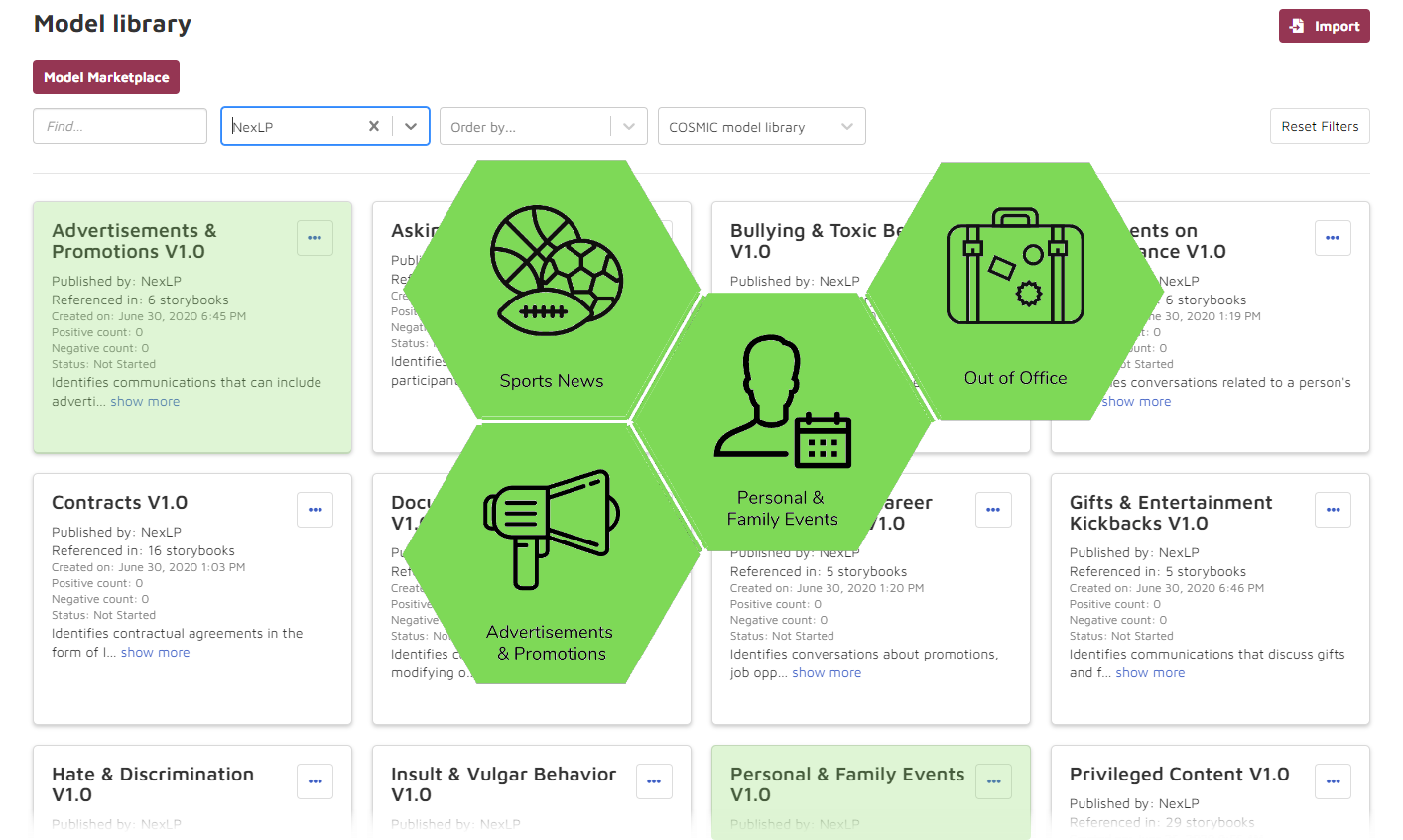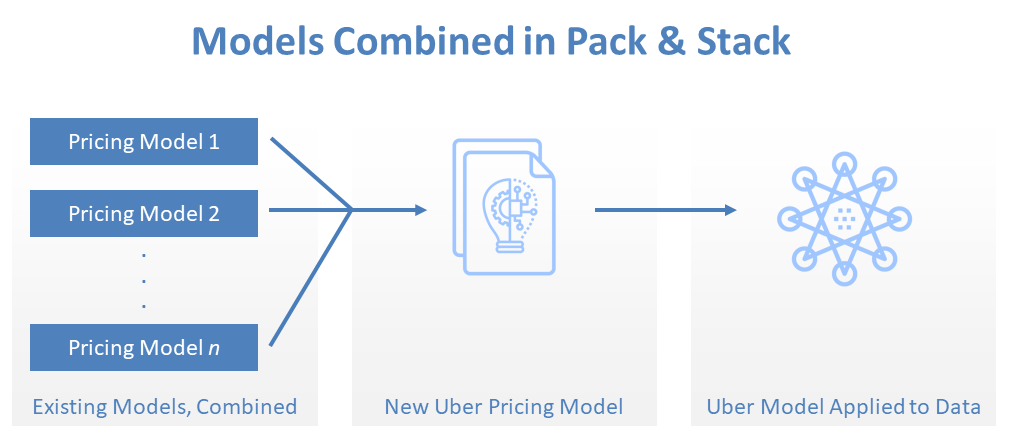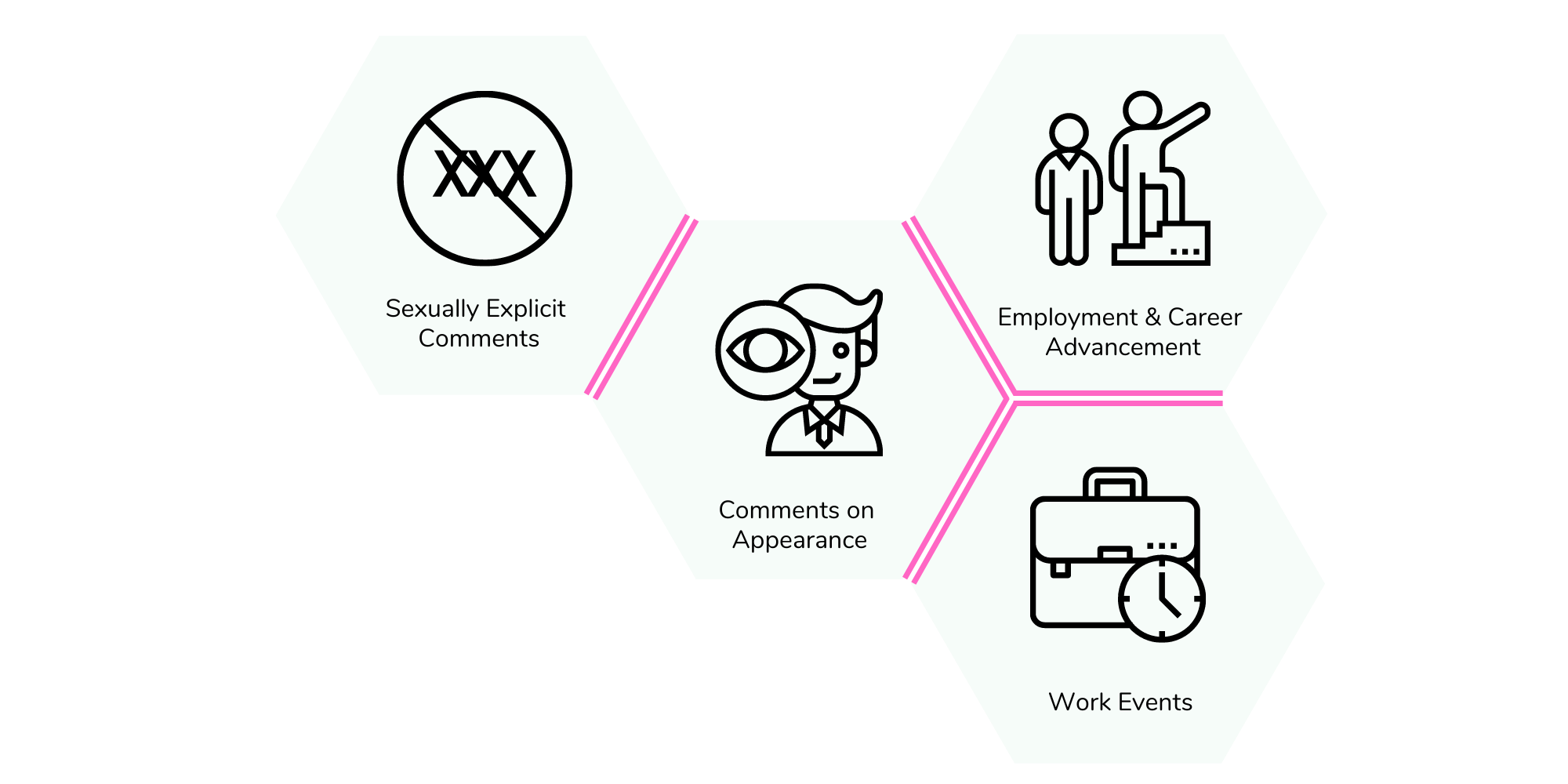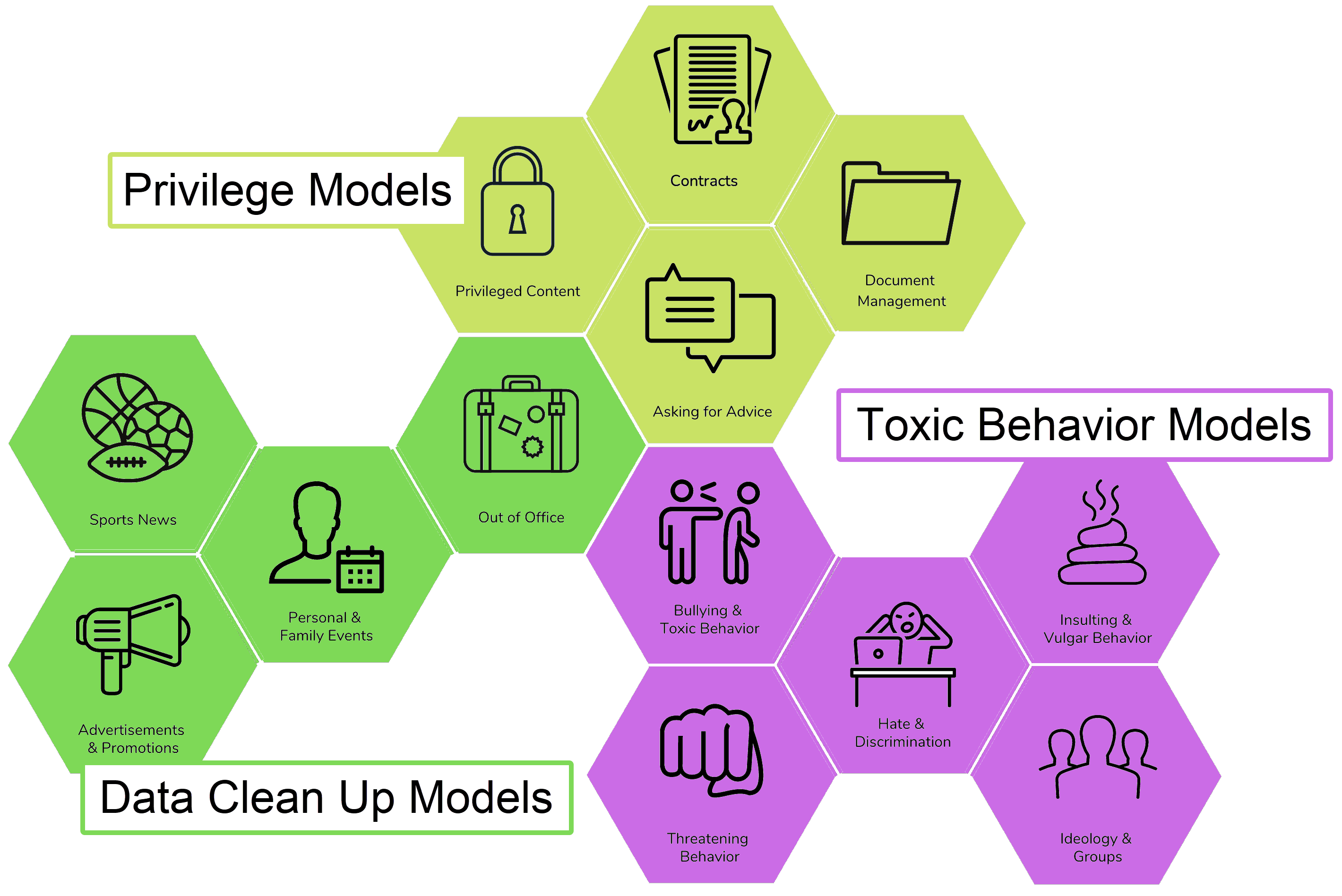Layering Legal AI Models for Faster Insights
In What Is An AI Model?, we looked at different types of artificial intelligence models and their use cases in the legal industry. Today we focus on layering AI models. With Reveal, you can use individual pre-built AI models, but you can also go beyond that and extend their value by layering multiple legal AI models together.
With layering, multiple pre-existed models are combined to deliver a legal technology that, like a brick wall, is greater than the output from any of the individual models used alone: quicker, less expensive access to targeted content.
Apply Decision-Making Algorithms
In general terms, AI models look for signals in data and return scores; the more signals, the higher, or "better", the score. An AI model is a software program, or the execution of a part of a software program, that has been trained on a set of data to perform specific tasks. AI software uses decision-making algorithms that leverage data science and Natural Language Processing to learn from training and data and then to apply that learning to achieve pre-defined objectives.
Common types of AI models in the legal sector include both ones based on supervised machine learning and ones that use unsupervised machine learning. Reveal's AI platform offers several approaches to AI models, including models available through its Model Library and Marketplace. In the legal profession, AI models such as the ones from Reveal can be used as they are, or extended in various ways as we'll discuss below.
Layer AI Models for a Customized Approach
Reveal's legal AI models also can be layered. You might, for example, want a "data clean up" AI model but not have any available. You could build one from scratch, of course, but that may take more time than you have at your disposal. You could search Reveal's Model Library for an AI model to help you, but right now you won't find a single model designed to achieve this particular objective.
With layering, however, you can craft an approach to help you find junk data that you want to isolate and set aside. For cleaning up data, you might, as discussed below, layer four existing models from Reveal's Model Library: Advertisements & Promotions, Personal & Family Events, Out of Office, and Sports News.
Two Approaches to Layering

Pack & Stack Related Models from Previous Cases
With Reveal's Pack & Stack, you start with related models from previous cases and combine those models into a new uber model. As a first step, you build models to identify specific types of human behavior or wrongdoing. You can build these models using any of the AI modeling options offered by Reveal. You might, for example, have a case for which you already have built a pricing model. You might also have built a second pricing model in another matter and a third in another case.
For your law firm's newest matter involving pricing issues, you can take advantage of these extant models. Instead of building yet another individual model, you Pack & Stack the existing models. To do that, you point Reveal's technology at Pricing Model 1, Pricing Model 2, and Pricing Model 3. The technology combines those separate but similar AI models into a new uber model. You then run that uber model against the data in your new case. When you do that, you get back a single unified score (16%, 37%, 97% etc.) for each document in your population.

Combine Disparate Models with Reveal AI
Our AI tool lets you combine disparate models into your eDiscovery workflow. Unlike the Pack & Stack approach, where you start with similar models, with the AI system you begin with different pre-built models that you fit together to accomplish a specific goal.
You might use models available from Reveal's AI Library, models that Reveal created and added to the Library, if they apply to the legal issues of your matter. You might opt for models that another organization developed and has made available via Reveal's AI Marketplace. You might turn to models that you built earlier, perhaps leveraging them for the instant matter or perhaps for other cases or investigations that you worked on. You also could draw from any combination of those sources to make the process easier for the human lawyers working on the matter.
For example, let's assume you're par of a legal team that wants to find documents indicating sexual harassment. You might select four models from Reveal's AI Model Library related to harassment: Comments on Appearance, Employment & Career Advancement, Sexually Explicit Comments, and Work Events.

You then would run the four models against your data. The platform scores the results. You then can work with those scores. If your datasets contained a conversation with flirtatious content, comments about appearance, and mentions of career advancement, that conversation might get identified by three models, respectively Work Events, Comments on Appearance, and Employment & Career Advancement. With content picked up by three separate models, the conversation would get a high score.
If your data contained a second conversation with only contained comments on appearance, it might get picked up only by the Comments on Appearance model, and consequently it likely would have a lower score.
AI Technology & Automation at Your Fingertips
Whether you're providing legal services for clients or are a in-house legal department investigating internal matters, how you layer models is limited only by your creativity. Legal professionals can, for example, layer together a "toxic behavior" model by combining five models currently available in Reveal's Model Library: Bullying & Toxic Behavior, Hate & Discrimination, Ideology & Groups, Insulting & Vulgar Behavior, and Threatening Behavior.

The use of AI models in this way allows you to focus on privilege by putting together four models, Asking for Advice, Contracts, Document Management, and Privileged Content.
Or perhaps your goal is to find documents to identify and set aside as unimportant. If so, you can join together the Advertisements & Promotions, Out of Office, Personal & Family Events, and Sports News models. With those models layered together, you can find irrelevant content you won't need to speed money reviewing.
If you're a legal service provider, legal team, or law firm interested in taking advantage of the power to be had by layering Reveal AI models, contact Reveal to learn more. We’ll be happy to show you how our authentic artificial intelligence takes legal work to the next level, with our AI-powered, end-to-end document review platform.

